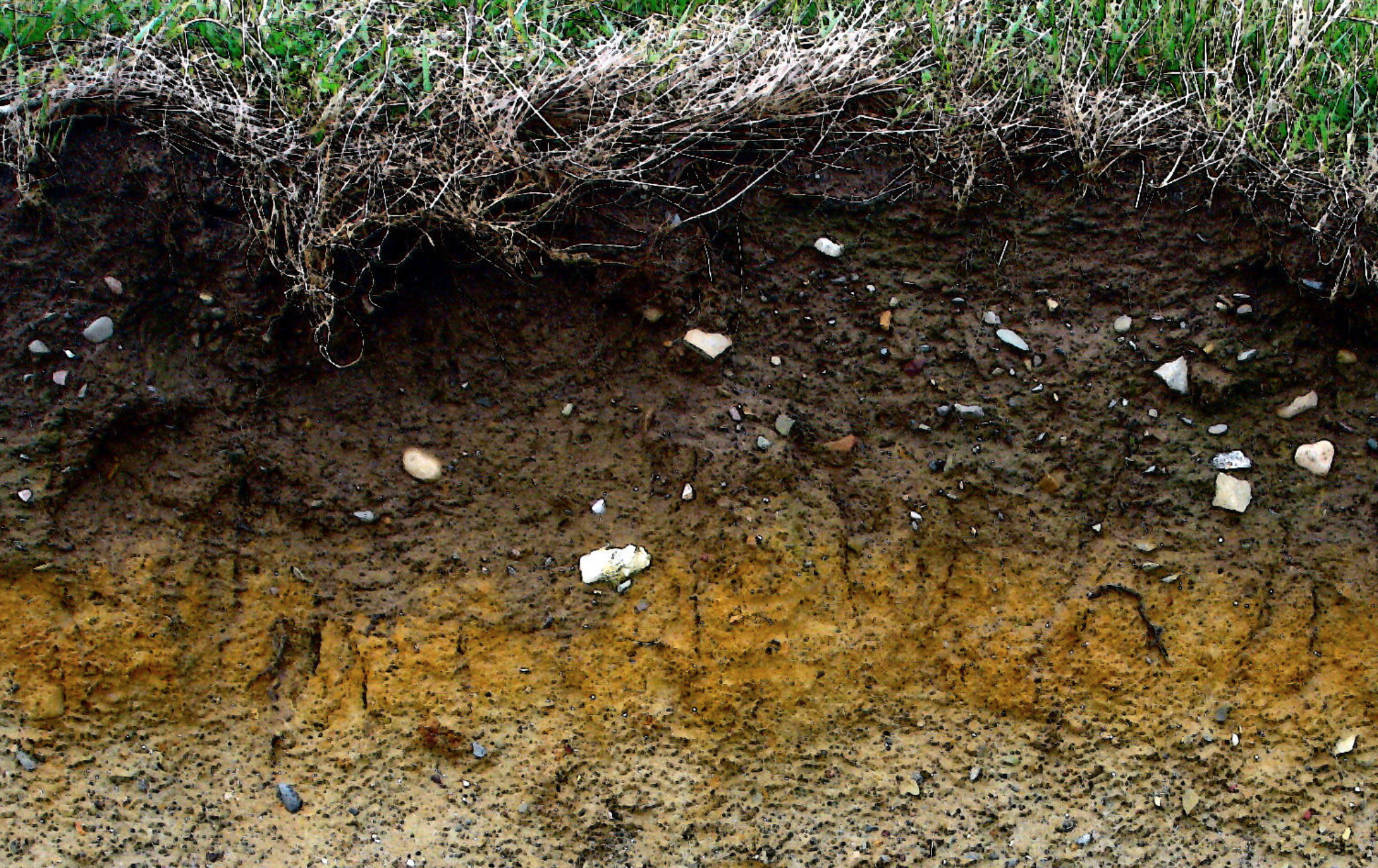Throughout Earth’s long history, nitrogen and phosphorus have been limiting plant growth. Over millennia, limiting nutrients have strengthened the mutualism between plants and their fungal root inhabitants. These fungi provide nutrient scavenging services to their plant counterpart in return for a steady supply of carbohydrates. These relationships seem like they will last indefinitely, but in this modern human era, the Earth is changing and changing fast. Us humans have been interacting with the environment since our evolution, but in modern times with our enriched population and technological advancements, our impact is even more strongly apparent. Activities like crop fertilization, and the combustion of fossil fuels is allowing massive amounts of nitrogen to be deposited to ecosystems around the world.
Nitrate deposition increases with population density. From Porter et al. 2001.
Combustion engines provide enough heat for nitrogen to become oxidized. Much of these nitrogen oxides enter the atmosphere and are transferred to adjacent plant communities via rain. All in all, these human activities have doubled the amount of available nitrogen to natural communities. Though N deposition is not evenly distributed, since ecosystems closer to city centers and productive farmlands receive more deposited nitrogen. These modifications in available nitrogen have severe evolutionary and ecological implications. As the catalyst for this issue, it is our duty to comprehend these nutrient interactions, so we can take the necessary steps toward mitigation. Kathleen Treseder and her team of researchers is doing just that, carrying out an in-depth scientific review to better understand the interactions between plants and their fungal mutualists in the face of increased N deposition.
Fungal genera shift with increased N deposition. Treseder et al. 2017.
Kathleen Treseder and her squad published a new paper this past October which presented the scientific community with intriguing results. Interestingly, the enhanced N availability actually changes the phosphorus dynamics within the plant-fungal mutualism. Some mycorrhizal fungi have pronounced networks of external hyphae that aggressively scavenge for scant soil nutrients. It is these voracious species with their extensive networks that require the most plant sugars. During modern times, with all the available N, plants are selecting fungal species with less sugar demands. Though, phosphorus availability has remained rare, so these mutualists with less robust hyphal networks are allocating less P their plant hosts.
With enhanced N deposition, plants select fungi with less robust hyphal networks. These networks in turn allocate less phosphorus to the plants. With increased N deposition, less P makes its way into the plant. Treseder et al. 2017.
With increased anthropogenic nitrogen deposition, plants are shifting their fungal mutualist to genera with less robust hyphal networks. This selection was supposed to enhance plant fitness, as less sugars are allocated to shorter fungal networks, but we are learning that plant fitness is actually being reduced. These less robust networks are allocating fewer phosphorus resources to the plant, and as a result have weakened photosynthetic output. Again, we get a glimpse at just how remarkably complex the forest floor really is. One would think increasing N deposition would enhance plant fitness, but it actually reduces net primary productivity. The mutualisms between plants and fungi drive many ecosystem processes, so what may seem like a simple shift towards less functioning mycorrhizae actually has a pronounced impact on the entire ecosystem.





